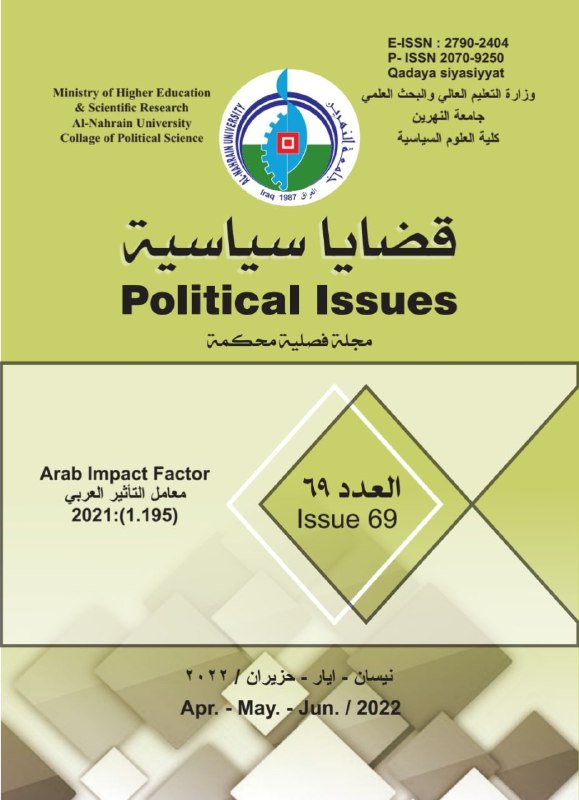Egyptian water policy towards the Renaissance Dam crisis
DOI:
https://doi.org/10.58298/202294Keywords:
The Grand Ethiopian Renaissance Dam, the Nile River, treaties and agreements, Nile Basin countries, Egyptian water policyAbstract
The Ethiopian Renaissance Dam represents a dangerous turning point in the history of Egyptian-Ethiopian relations, as it poses a serious challenge to the downstream countries, especially Egypt because the Nile River represents the essence of its existence, continuity, and economic development and political and social stability. Ethiopia took advantage of the turmoil in Egypt that ensued the January 2011 revolution and embarked on building a dam on the Blue Nile without prior agreement with the downstream countries and without consideration for the historical treaties that regulate relations between Ethiopia, Egypt, and Sudan. That organized the relations between Ethiopia, Egypt and Sudan. Egypt has adopted several diplomatic and technical options to face up the crisis of the Renaissance Dam. Egypt has tried, through its water policy, to minimize the effects of water shortage in the Nile River resulting from the construction of the Renaissance Dam.

Downloads
Published
Issue
Section
License
This is an Open Access article distributed under the terms of the creative commons attribution (CC BY) 4.0 international license which permits unrestricted use, distribution, and reproduction in any medium or format, and to alter, transform, or build upon the material, including for commercial use, providing the original author is credited.





